Do you have reluctant writers in your classroom? Writing shouldn't be a struggle for your students. Get them motivated and engaged with this fun "Roll a Story" activity with Google Slides. Your students will enjoy following the steps in developing a story with this digital activity.
Introducing the Activity
The advantage of digital story writing ideas is giving students choice. If they have trouble making decisions in what to write, they can roll the dice. They'll love the generated ideas for their story. Plus, teachers have the option of assigning collaborative writing with the Google Slides.
Students will roll the dice for the problem or solution, setting, characters, and details of the story. Then, they can use the story map to see how the story evolves.
I recommend modeling the activity for the students. Read the final story aloud so they can see how the story outline helps in the writing process. They will embrace the lesson and learn how to start the writing activity.
Problem or Situation
Students have a choice of rolling the dice or making their own choice. Students can use their own dice or use the online dice generator. Just click on the page and the dice rolls. If you want multiple dice, select the gear and move the slider.
Every story has structure. It begins with the problem or situation. What problem or situation needs to be solved? It's the attention grabber for a fun and engaging story.
Students select the problem or situation that matches the number on the dice. Then drag the image over to the blank circle. (Some examples are: The turkey was in disguise, I heard a loud banging sound, Santa was stuck in the chimney...)
Setting
The setting of the story is the time and place of the story. Students can give additional information to add to the setting. They can add the description weather, physical landscape, culture, or a house and building. The setting gives the reader a visual description to set the mood of the story. Students roll the dice and select one setting that matches. All of the settings are totally different. This is what makes the story so interesting.
Characters
Characters in a story can be a person, animal, supernatural creature, or even a thing in the story. There can be a main character (protagonist). Decisions made by the main character can be affected by conflict. There can also the villain (antagonist) who causes the problem or conflict for the protagonist. In Roll a Story, students can roll the dice to select two different characters. A graphic organizer is provided for character trait descriptions. Students will add the character's physical traits, character traits, the character's conflicts or actions, and interesting features about the character.
Details
Details of the story should given from the setting, problem or situation, to the characters of the story. Writers use their senses when writing their stories. They use their sense of smell, touch, hearing, and taste. Adding details helps bring the story to life. I've added a graphic organizer to help students add details to the story. They will roll the dice four times to add four different details.
Mapping the Story
I've provided a Mapping the Story graphic organizer. Students use the information from the previous slides to complete the graphic organizer. They will also add the solution to the story.
Beginning, Middle, Ending
I've provided helpful hints for the students as they create their story. This also helps students will transition words as they flow from the beginning to the ending of their story.
Create Your Own
For an additional idea, students can add their own real characters, setting, and details. Or, students can insert images from the Internet that go with the theme.
For recommended apps to create stories, click HERE.
Check out my Roll a Story resources at my Teachers Pay Teachers store. Just click on the images below.















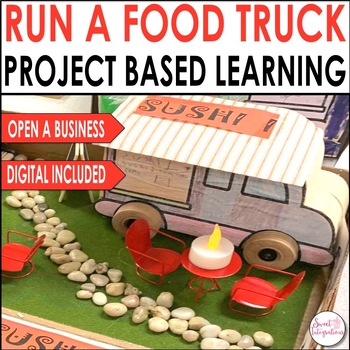

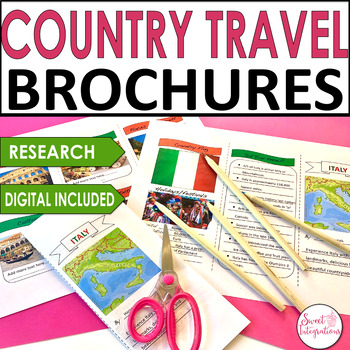
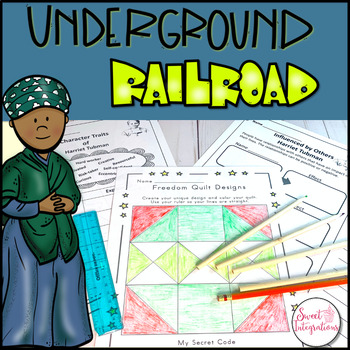

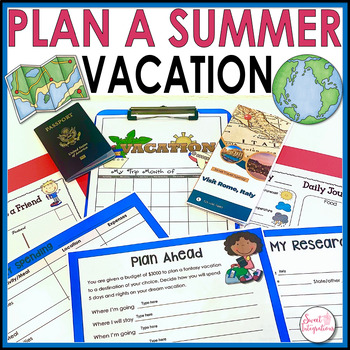
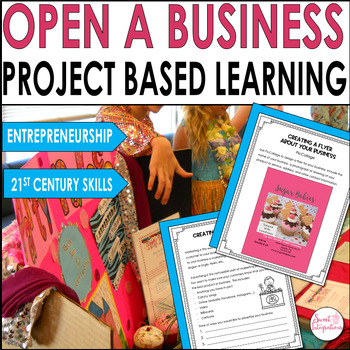


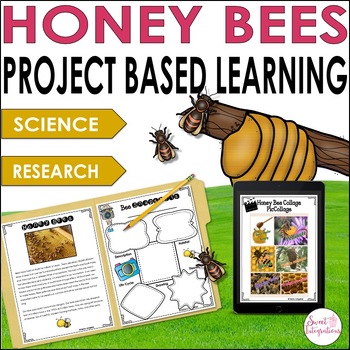



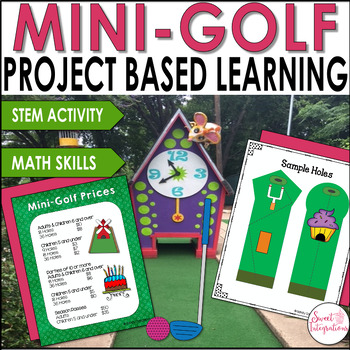
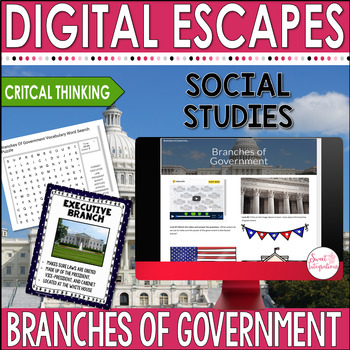

No comments